Just a short drive from Las Vegas lies Overton, Nevada, a town that offers a refreshing change of pace. It’s where rolling farmland meets open skies, creating a sense of calm that’s rarely found in city life.
Although its size might be modest, Overton holds a treasure that history enthusiasts will find hard to resist: The Lost City Museum. We took a short trip to explore this hidden gem and uncovered a wealth of centuries-old stories.
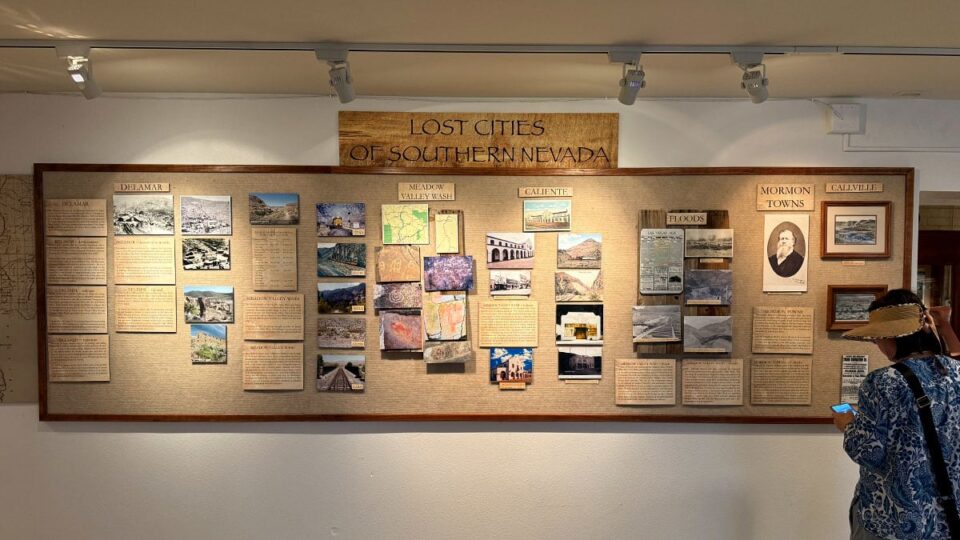
Beginning From Boulder Dam Park Museum to Lost City
The Lost City Museum dates back to 1935, but its current name didn’t exist until later.
Originally called the Boulder Dam Park Museum, it was built by members of the Civilian Conservation Corps (CCC) under the direction of the National Park Service.
Its initial purpose was quite specific: to house artifacts recovered from prehistoric archaeological sites that the rising waters of Lake Mead would soon submerge.
When the Colorado River was dammed to create Lake Mead, many ancestral Puebloan and other indigenous sites were at risk of disappearing forever.
Long before the museum’s construction, two Overton residents—Fay and John Perkins—drew attention to the wealth of archaeological remains in the area.

They alerted Governor James Scrugham of Nevada in 1924, sparking interest in the prehistoric ruins.
Recognizing the significance of these sites, Governor Scrugham enlisted the expertise of archaeologist M.R. Harrington, who would go on to conduct major excavations in the region.
Harrington, then associated with the Museum of the American Indian, named the area Pueblo Grande de Nevada. Over time, however, popular press latched onto a more evocative moniker: “Lost City.”
In the mid-1950s, the museum transitioned from federal to state control, and along with its new custodians came a new name: The Lost City Museum.
Today, it is one of seven state museums in Nevada listed on the National Register of Historic Places and dedicated to preserving the narrative of the region’s earliest inhabitants.
Artifacts That Tell a Story
Though modest in size, the Lost City Museum offers a surprising amount of exhibits. Much of its charm lies in the fact that it hasn’t undergone significant modernization, allowing it to retain a timeless quality that resonates with the artifacts on display.
Stepping inside, you’ll find three main exhibition galleries, each brimming with items that speak volumes about the lives of the people who once called this region home.
Among the most striking exhibits are the pottery and ceramic pieces. Fragments of intricately painted bowls and vessels showcase the creativity and ingenuity of ancient craftspeople.
Look closely, and you can often see geometric designs or symbolic patterns that might have held spiritual or cultural meaning.
These fragments help illuminate the daily routines, trade networks, and artistic traditions of communities that thrived along the river centuries ago.
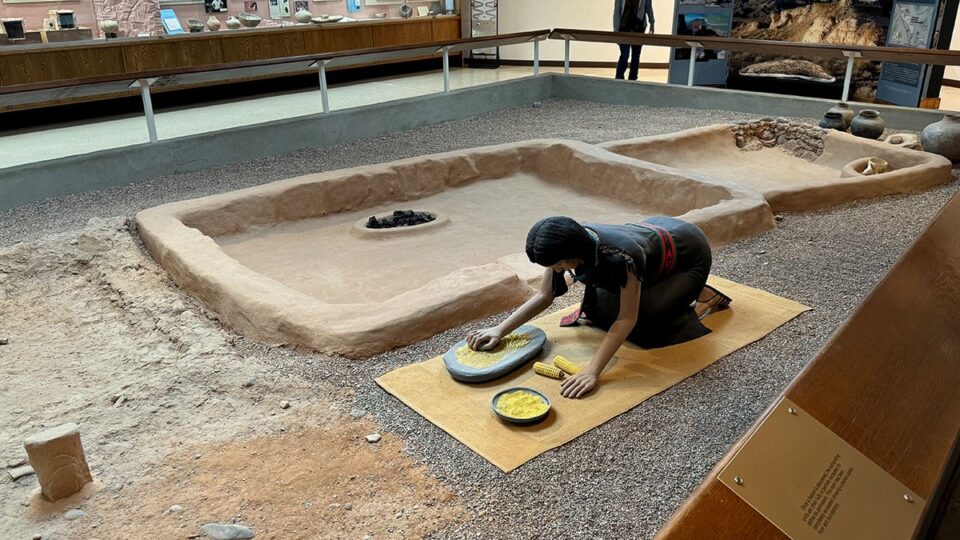
You’ll also come across tools carved from stone and bone, as well as woven baskets made from local plant materials.
These provide further insight into how people adapted to the desert environment—finding ways to store water, process food, and create shelter in what can be an unforgiving landscape.
For those who are particularly curious, the museum’s displays reveal the dynamic interplay between different cultural groups.
Over time, the region served as a crossroads where various tribes and communities exchanged ideas, resources, and traditions.
It’s a powerful reminder that history is rarely a single-threaded narrative; it’s a blend of multiple stories converging, shaping, and reshaping each other over the centuries.
Outdoor Exhibits: Stepping into the Past
Once you’ve explored the indoor galleries, head outside to experience the museum’s reconstructed pueblos and a Native American pit house.
These outdoor exhibits allow you to step back in time—quite literally walking through structures similar to those that once dotted the Overton landscape.

Seeing these reconstructed houses in person gives a real sense of the architectural innovations and survival strategies used by ancient inhabitants.
The pit house, partially built into the ground, offers insights into how locals maximized the desert’s natural temperature regulation.
These sunken homes stayed cooler during scorching summers and provided insulation during cooler months.
Here, you can imagine daily life unfolding, from the gathering of food and water to the pottery-making activities that created many of the artifacts now showcased.

The Research Library and Screening Room
A hidden gem within the Lost City Museum is its small research library. Though compact, it’s a valuable resource for anyone eager to dive deeper into the region’s archaeological findings, local history, and broader studies of Southwestern culture.
The library houses books, journals, and archival materials that aren’t always easily found elsewhere.
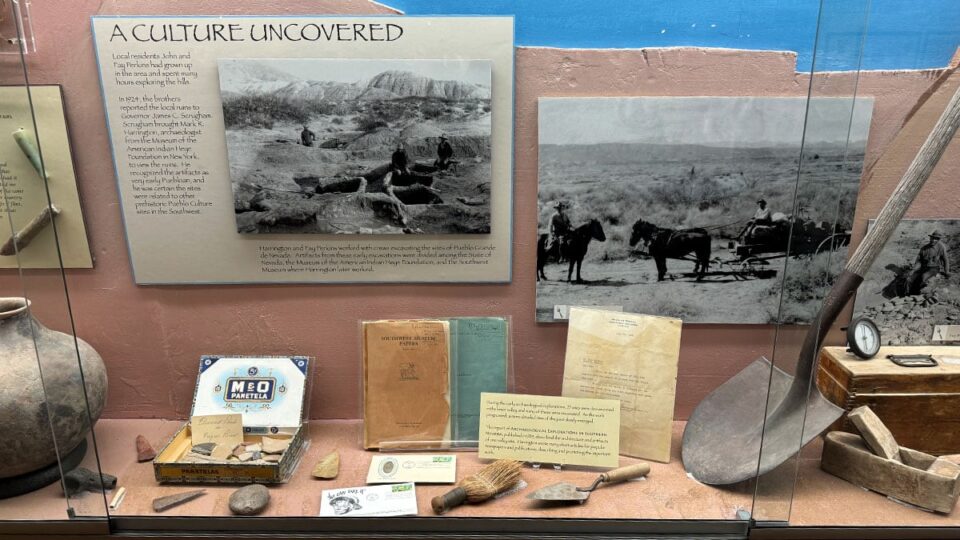
Adjacent to or near the library is a modest screening room. This intimate space periodically shows short films that offer additional context about the discoveries made around Lake Mead, the work of archaeologists like M.R. Harrington, and how the museum came to be.
These films provide a different medium for storytelling, especially helpful for visual learners who want to see historical photographs, old excavation footage, or expert interviews.
Spending some time in the screening room can deepen your appreciation for the museum’s mission and the decades of effort poured into saving this aspect of Nevada’s heritage.
Preserving Nevada’s Cultural Heritage
Being listed on the National Register of Historic Places is both an honor and a responsibility. For the Lost City Museum, it means maintaining the integrity of the building and the collection, ensuring that future generations can continue to learn from these artifacts.

Though the exhibits may feel somewhat traditional compared to newer, high-tech museums, that simplicity is part of the Lost City Museum’s charm.
The design choices, layout, and interpretive signage reflect an earlier era of museum curation, offering a unique window into how archaeologists and historians approached preservation nearly a century ago.
In an age when rapid modernization can lead to the loss of local heritage, places like the Lost City Museum serve as vital cultural anchors.
Planning Your Visit
If you’re ready to explore the Lost City Museum, it’s an easy trip from Las Vegas—often less than an hour and a half by car.
The drive itself can be quite scenic, especially as you leave the city’s neon glow behind and watch the desert landscape unfold.
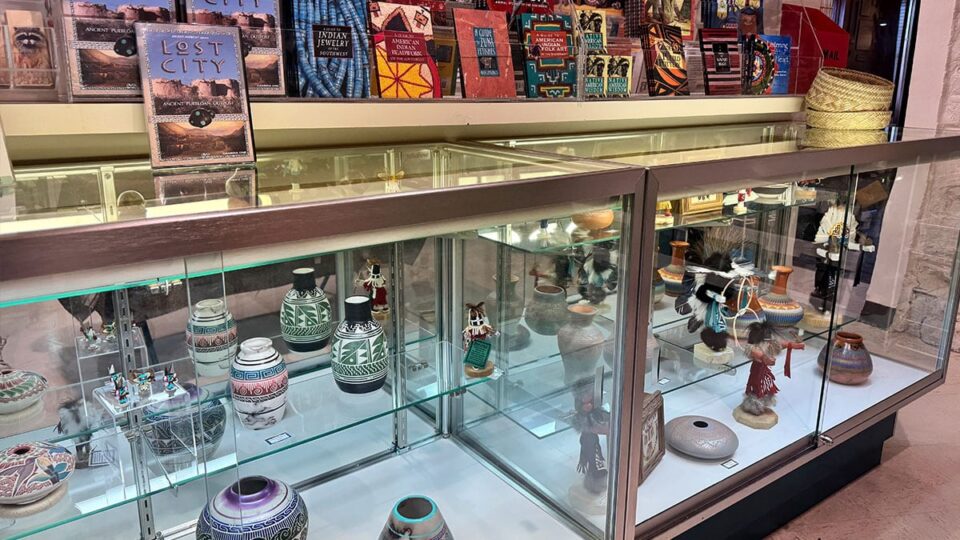
The admission price is affordable, at $6 per visitor, and your visit directly supports the museum’s ongoing preservation and educational efforts.
You’ll find the museum’s hours posted on official sites and at the entrance, so it’s wise to check before you set out.
While you’re in the area for a day trip, consider setting aside additional time to discover Overton’s other attractions, including local farms and the dramatic vistas near Lake Mead.
The slower pace of Overton invites you to linger longer than you expected!
Why The Lost City Museum Matters
The Lost City Museum plays a crucial role in showcasing an era of Southern Nevada that predates slot machines and towering hotels.
For historians, archaeologists, and curious travelers, it stands as a beacon of cultural identity—a reminder that the land has stories to tell, as do the people who came before us.
You’re also supporting an institution dedicated to protecting and interpreting priceless artifacts that Lake Mead might have otherwise swallowed.
As you leave the quiet halls of the museum and head back to modern life, you carry with you a renewed sense of the American Southwest.
Address:
721 S Moapa Valley Blvd
Overton, NV
89040
Hours:
Tuesday – Sunday: 8:30 AM – 4:30 PM
Phone:
(702) 397-2193



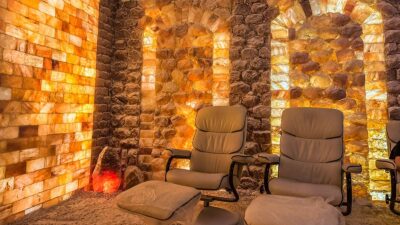
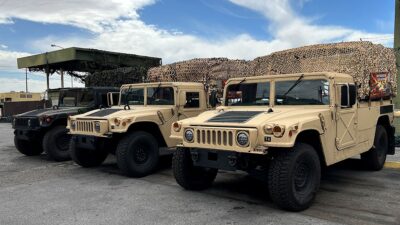
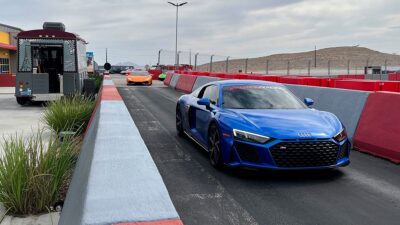
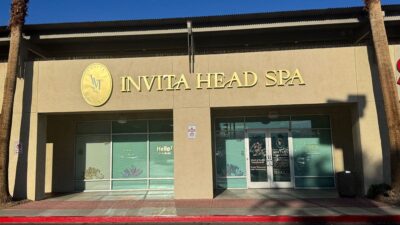

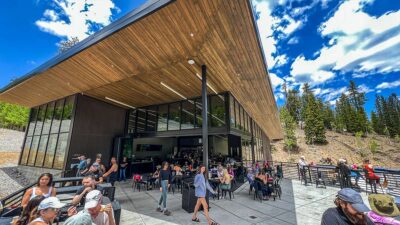
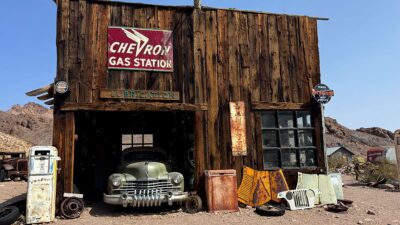


TALK TO THE AUTHOR
If you’ve spotted something we missed, found a typo, or have any suggestions,
we’d love to hear from you!